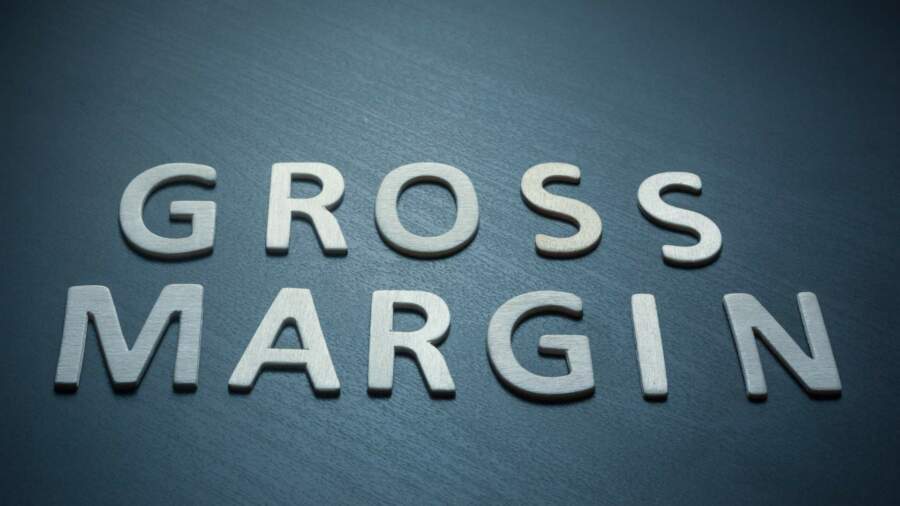
Gross margin is a percentage of profits, a business can generate off of their merchandise. It simply makes perfect sense to have a high margins. Higher margins means that the business is selling their product at an excellent profit rate. However, a gross margin that is too low will result in higher expenses and a lower profit margin.
This is what happens for retail businesses. It can be easy to go after the lowest possible cost per item and end up with less profit than you wanted to achieve. There are many different factors that can affect the gross margin. However, the most significant factors include the customer, the pricing model, the size of the business, the product, and how much the business depends on other sources of income.
This is why many retail businesses are looking for a balance between cost effectiveness and profit. A balance needs to exist so that both the cost and profit lines are maintained. A lower gross margin ratio can cause an imbalance.
The first thing to look at when looking at this equation is what kind of sales is being made from the retail business? For example, if a small business has been in operation for a long time with low overhead, this is an ideal setting for an increase in sales. If a new business was just opening up with limited capital, there is a much greater chance they will see their sales decrease.
The next step is to analyze the overall profit margin. This is the amount of profit made off of one dollar amount spent.
When trying to figure out what is best for your overall profit margins, it is important to consider everything that is included in your gross margin. It is essential to determine the overall cost per item for your products so that you can then see what percentage of these items will be eliminated by the cost savings.
If you are able to obtain a large percentage of the cost savings, it can greatly improve your bottom line. However, you may not be able to realize as much in price savings. In this case, you can always look for other ways to make up the difference in cost savings.
Many businesses also see that a gross margin that is too low can lead to a loss of sales. A low gross margin can prevent a business from reaching the point where it can start to grow in the future. Therefore, it is important to find the right balance to help maximize profits and avoid making a loss.
Some of the things that can cause a loss in gross margin are the number of items being purchased and sold, how much money is being spent on marketing, and how quickly the items sell or are sold. Other things include items that are sold at a higher rate than normal or are sold at an auction house. However, these are all small things and usually do not impact sales as much as bigger problems such as too little inventory.
One of the key factors that affects the gross margin is your inventory turnover rate. It is important to make sure that you have enough product in stock to meet demand. If your inventory turnover is too high, you may be losing money while trying to gain it back.
When you see that your gross margin is not balanced, the best thing to do is take a look at how your inventory is being sold. If you can reduce your excess inventory to the point that you do not need to buy more, this can help balance the equation between profit and cost.
The gross margin is the most important part of any business but it is the easiest to change if it is out of whack. The key is to find the balance that works for you.


